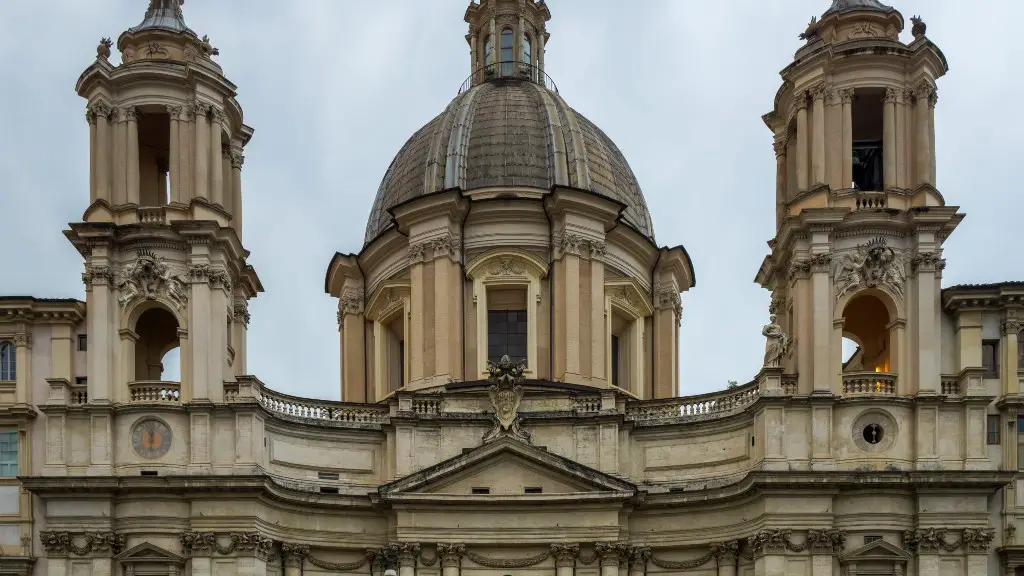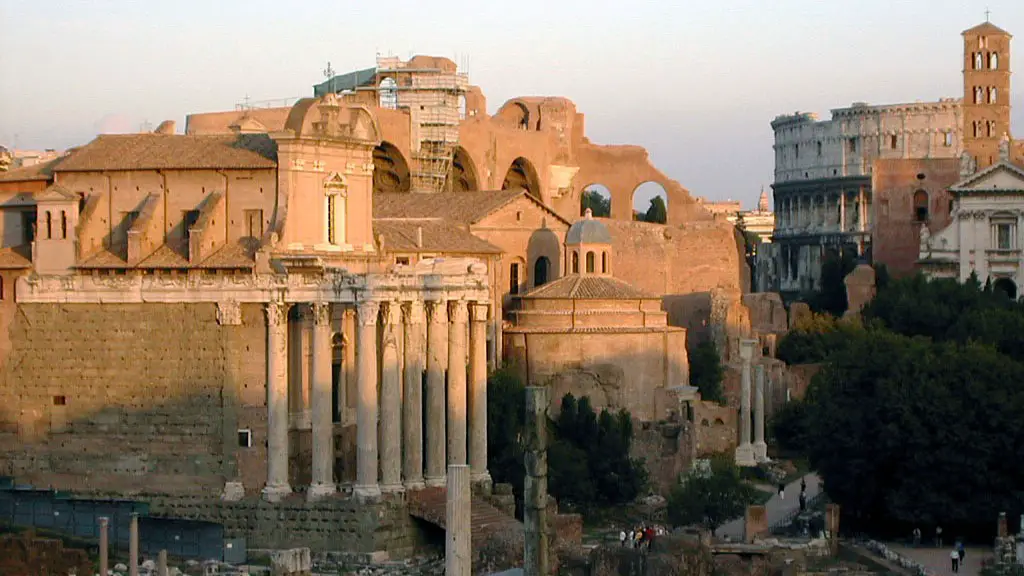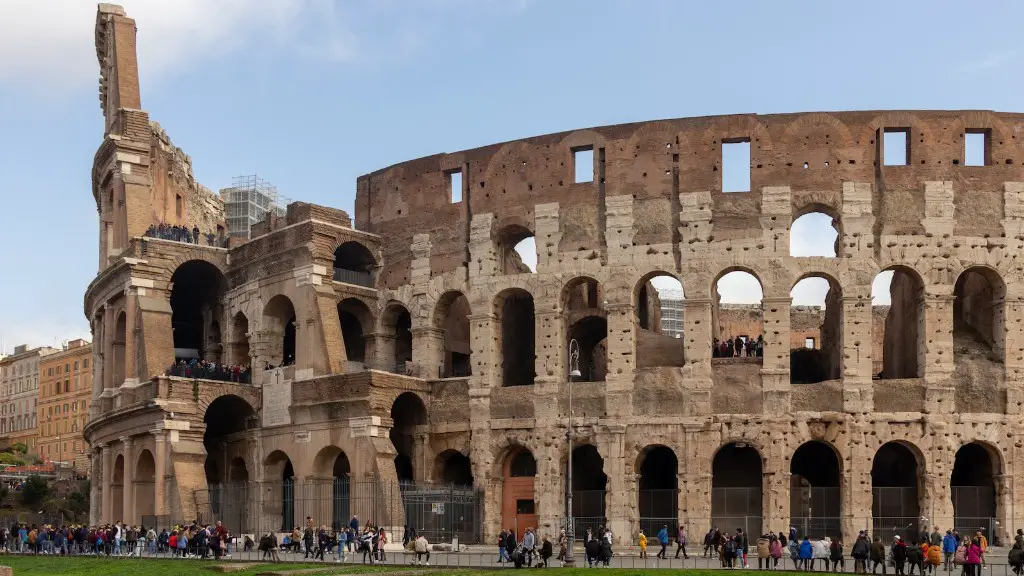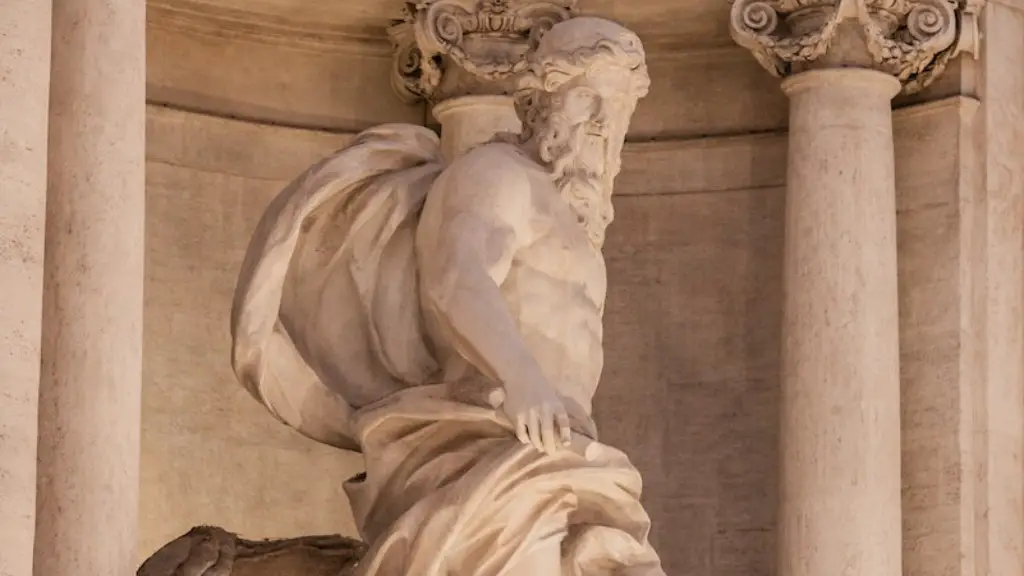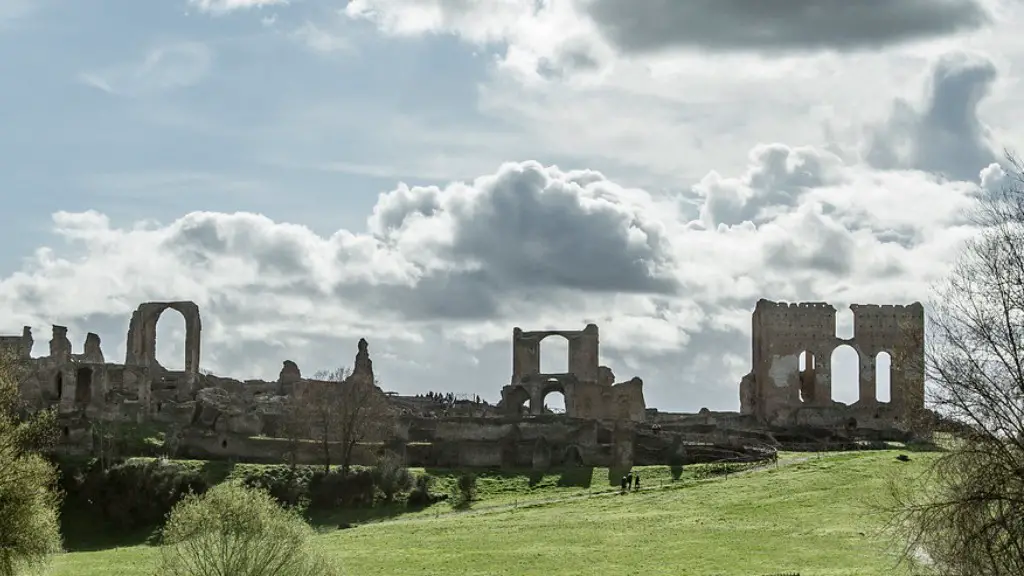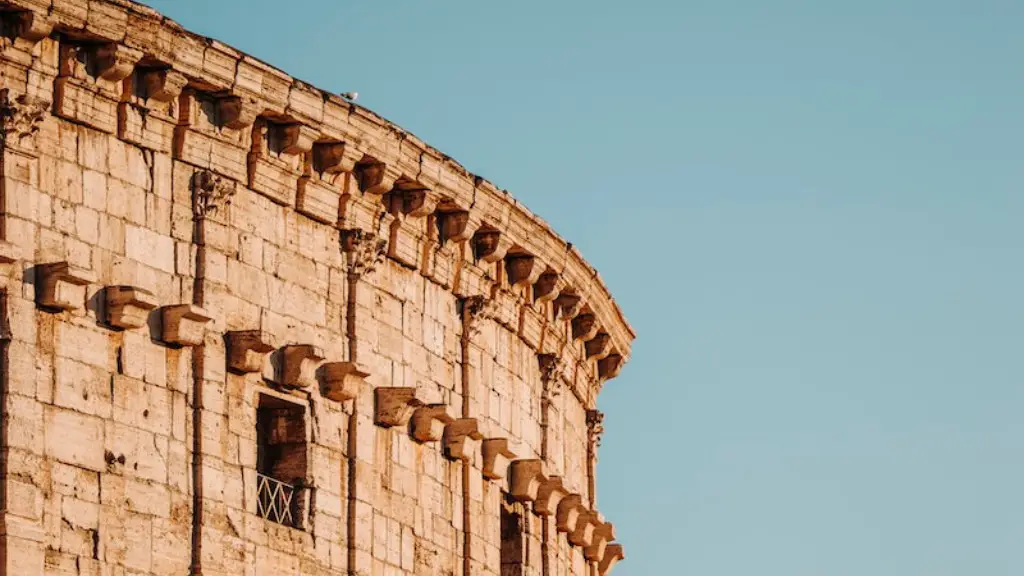A typical day in ancient Rome was filled with hard work, grueling and demanding activities, and an emphasis on appearance, education and entertainment. Citizens of Rome were known to wear exemplary outfits with bright colors, while slaves often wore homespun fabric. Long hours were spent working the land, learning, or at public events or shows, and the day often began before the sun rose and ended after it went down.
The day started early, rising with the sun for morning prayer and relaxation before the long and hard hours went by. As the sun rose, the wealthy citizens of Rome rose with it. Prayer or a religious offering was very often done in the early morning by the wealthy citizens. They would offer a sacrifice to the gods, either of grain, incense, or a specific offering based on their needs and hopes. After the prayer was done, breakfast was served.
Education was very important in Ancient Rome and so the day was filled to the brim with this activity. Children of the wealthy and privileged class were sent to school to further their learning, while the poor were taught by the adults they lived with. School days usually lasted from morning till around noon and were taught in the same way it is today with classes, homework and lectures.
In the afternoon, the wealthy citizens would usually partake in some form of leisure activity. This ranged from attending plays and shows, to meeting in the forum, to joining in gladiatorial games. Many of these events were free due to the Roman system of public entertainment, funded by the Roman state. Slaves, on the other hand, toiled until it became dark, working the lands, public buildings or houses.
After the day’s work and activities were done, dinner was the last stop. As with breakfast, it varied greatly depending on the wealth and status of the citizens. A wealthy family would enjoy many courses, including bread, salads, fish and bread, while poor people enjoyed the much simpler fare of bread, with teres or cheese, some must and olives.
Evening activities were also common amongst the wealthy. This included attending plays and shows, or a visit to the baths. For some of the poorer citizens, a visit to the public baths was a common activity due to the much lower cost. The night would also include whichever kind of entertainment the wealthy could afford, such as circus performances, music nights and other festivities.
The day would eventually come to an end after such a long and hard-working day, and the citizens would retire to their homes, or those of their friends, and rest for the next big day.
Social Structure and Status of Ancient Rome
In Ancient Rome, the population was divided according to class. The most privileged were seen as the ‘patricians’ who were the landowners and the wealthy citizens of Rome. The next in line were the Plebeians who were the common people. Slaves then made up a huge part of the population, they were usually captured people who had to serve the citizens of Rome.
This social structure had a huge influence over the citizens of Rome and what they were able to do in their lives. The Patricians were able to enjoy leisurely activities as well as receive an education, as opposed to the hard labor of the slaves who were subjected to torture and cruelties. The Plebeians on the other hand, were able to live decently and comfortably, although with fewer privileges than the patricians.
This social structure also had an effect on the citizen’s way of life. For the wealthy citizens, the day was filled with relaxation, prayer, meetings and entertainment, unlike the poor citizens and slaves, who had to constantly work and serve. This social structure and system was a part of the Ancient Roman way of life and life for the citizens was greatly affected by it.
Art and Entertainment of Ancient Rome
When discussing a typical day in Ancient Rome, it would be impossible to do so without mentioning the art, and entertainment that was a part of their lives. Roman entertainment varied greatly and many kinds of art and entertainment were available for citizens of all social classes. The most famous of Roman entertainment were, of course, the public games, plays and shows, as well as theater and amphitheaters, where gladiators, wrestlers and wild animals, were a part of life.
The art scene in Ancient Rome was different in terms of who could partake in it. The wealthy citizens were able to enjoy art, whereas the slaves and poor citizens had to work. The art of Ancient Rome was a major part of the culture, and the sculptures and paintings that have survived have become some of our most cherished cultural relics. Ancient Roman art was often inspired by their myths and they often depicted gods, goddesses and ancient legends.
In addition to art, Ancient Rome also had a great respect for literature. Many works of literature were written and read by the wealthy, offering entertainment and knowledge. Roman literature was greatly influenced by Greek writers, and some of the most famous and influential works of Roman literature were written by writers such as Virgil, Homer, and Cicero.
Daily Life in Ancient Rome
Daily life in Ancient Rome was much different from the daily life we live today. The workload and activities of the citizens were incredibly demanding, and it was only the privileged few who could actually enjoy a leisurely life. Most citizens were busy with work or school and only able to indulge in entertainment after sundown or during public events or holidays.
The Roman government had a major influence over the daily life of the citizens, with the Senate enforcing laws and legislature that would have an effect on their lives. This was seen in the taxation system, the social classes and the rights of the citizens. Not much had changed in terms of day-to-day life in Ancient Rome until the fall of the Empire.
Although the lives of citizens in Ancient Rome were quite different to the daily lives we lead today, they had an incredible impact on the world around them and the way they lived their lives had a major influence on modern society.
Religion in Ancient Rome
Religion played a huge part in the daily life of citizens in Ancient Rome. There were various cults and gods that were important to the ancient Roman religion, and many of them had temples and places of worship dedicated to them. It was customary for citizens to offer sacrifices to the gods and make offerings on various occasions, such as weddings, funerals and festivals.
Religions such as Christianity and Judaism were also a part of the Ancient Roman way of life. Christianity was not immediately accepted by Roman citizens but after the Edict of Milan in 313 AD by Constantine the Great, Christianity spread quickly and was adopted as the official religion of the Empire. Judaism was also one of the commonly practiced religions in Ancient Rome, and Jews were often considered second-class citizens due to their different beliefs and customs.
Religion had a huge influence on the day-to-day lives of Ancient Roman citizens and it was a way for them to connect with the divine and gods of the Ancient Roman religion.
Women in Ancient Rome
In Ancient Rome, the role of women was quite different than it is in modern society. Women were not seen as equal to men, and were viewed as a form of property that belonged to their father or husband. Women were generally not allowed to participate in public life and were prohibited from entering the political system or taking any form of public office.
Women were expected to stay at home and take care of their children and household and were seen mainly as mothers and homemakers. They were however, allowed to work in professions such as midwifery, weaving, spinning and dyeing. Despite the limitations placed on them, women were able to take part in education, and wealthy females attended the same school as their male peers.
Women in Ancient Rome did however, have certain advantages over men, such as the ability to own their own property and inherit money and property. This gave them a certain level of freedom and power, despite their overall role in society. Women in Ancient Rome did experience a certain level of freedom and respect, but they remained in a subordinate role to men.
